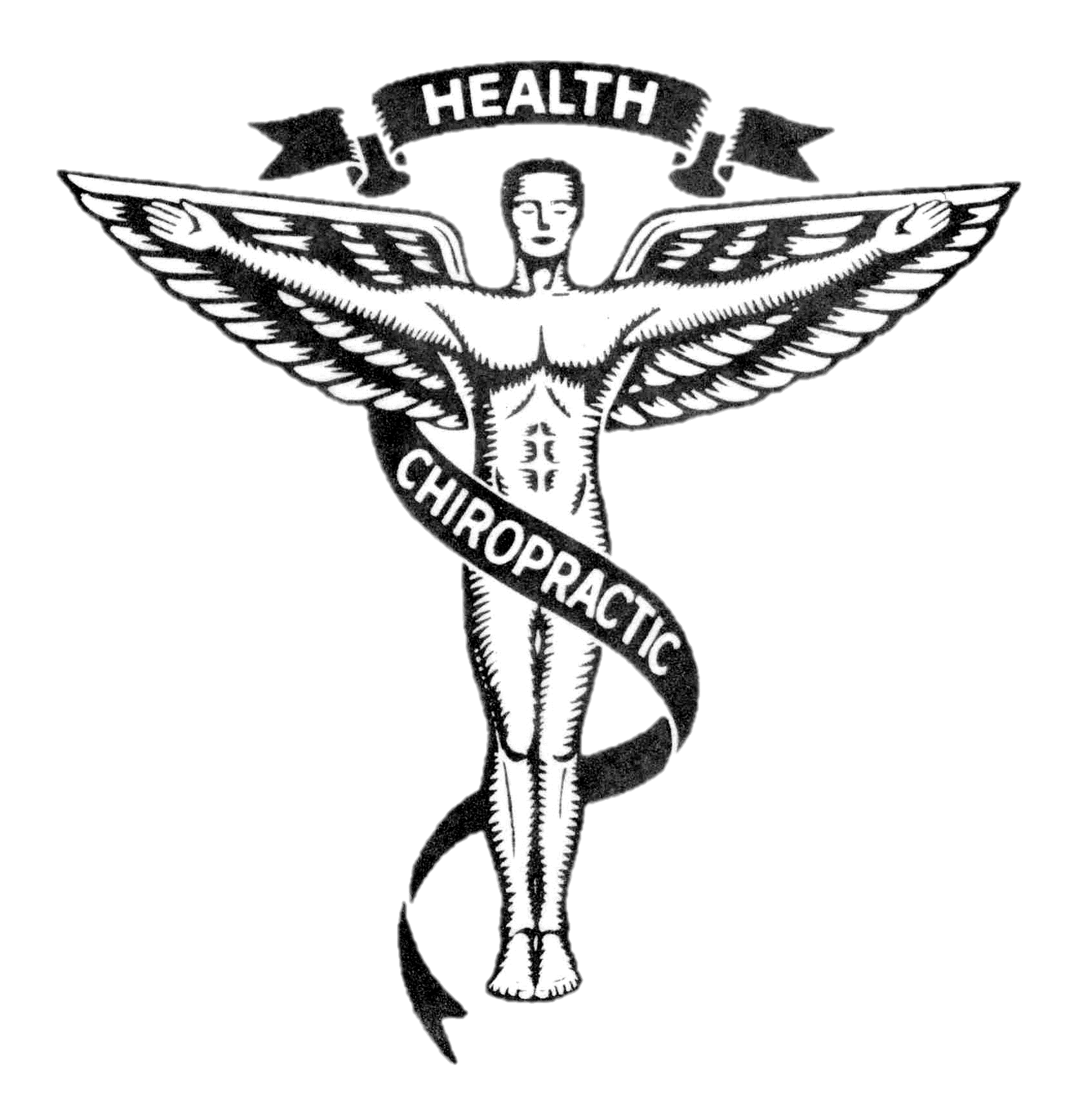First Visit
We start by taking a patient’s history and then performing a physical examination and possibly ordering imaging or lab tests (such as MRI, CT scan or X-ray). We are able to perform digital x-rays on site if needed.
The combination of the history, exam, and diagnostic studies will enable your doctor of chiropractic to reach a diagnosis, which will help him or her to determine whether chiropractic services are appropriate for your condition. If your doctor determines you would be more appropriately managed or co-managed by another health care professional, he or she will make the proper referral.
Through a process of shared decision-making, you and your doctor will determine if chiropractic services are right for you. As part of this process, the doctor will explain your condition, recommend a treatment plan, and review the risks and benefits of all procedures.
Based on the extent, timing, or severity of the patient’s condition, chiropractic interventions may require several visits. Patients may also receive advice on home care, lifestyle modifications, exercise instruction and nutritional advice.
Origins and History of Chiropractic
The word ‘Chiropractic’ comes from the Greek words cheir (meaning ‘hand’) and praktos (meaning ‘done’), i.e. Done by Hand. The name was chosen by the developer of chiropractic, Daniel David Palmer.
A prolific reader of all things scientific, DD Palmer realized that although various forms of manipulation had been used for hundreds, if not thousands, of years, no one had developed a philosophical or scientific rationale to explain their effects. Palmer’s major contribution to the health field was therefore the codification of the philosophy, art, and science of chiropractic which was based on his extensive study of anatomy and physiology.
Palmer performed the initial chiropractic adjustment in September 1895. Palmer examined a janitor who had become deaf 17 years prior after he felt something “give” in his back. Palmer examined the area and gave a crude “adjustment” to what was felt to be a misplaced vertebra in the upper back. The janitor then observed that his hearing improved.
From that first adjustment, DD Palmer continued to develop chiropractic and in 1897 he established the Palmer School of Cure, now known as the Palmer College of Chiropractic, in Davenport, Iowa, where it remains today. Following the first adjustment, many people became interested in Palmer’s new science and healing art. Among his early students were Palmer’s son, Bartlett Joshua (BJ), as well as members of the older healing arts of medicine and osteopathy. The first state law licensing chiropractors was passed in 1913, and by 1931, 39 states had given chiropractors legal recognition.
Today, there are more than 70,000 active chiropractic licenses in the United States. All 50 states, the District of Columbia, Puerto Rico, and the U.S. Virgin Islands officially recognize chiropractic as a health care profession. Many other countries also recognize and regulate chiropractic, including Canada, Mexico, Great Britain, Australia, Japan, and Switzerland.

